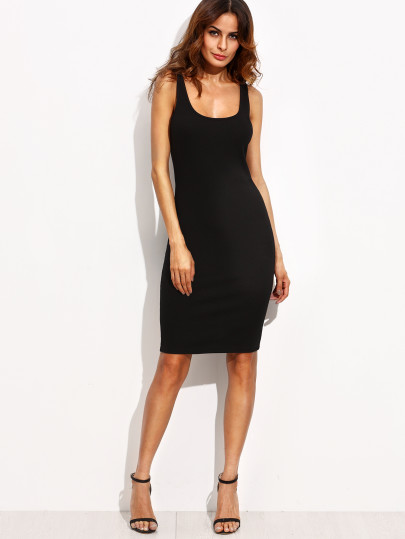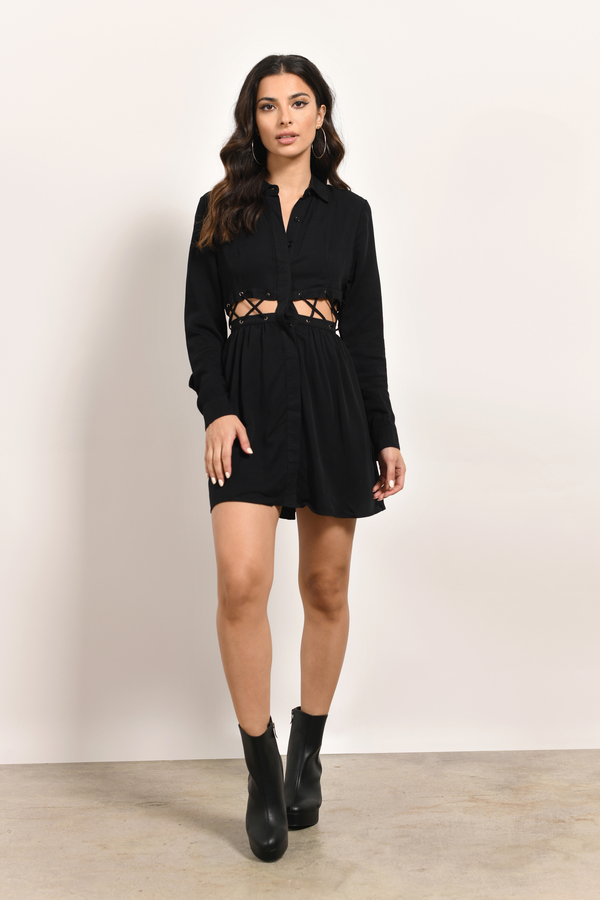 It was in style and trimmings that vogue for Orientalism was most apparent.
It was in style and trimmings that vogue for Orientalism was most apparent.
Purplish was generally avoided for evening dress, as it looked dark brown in gas light.
Fabric suggestions include. Evening dresses generally had some focal visual element like pleating, asymmetrical draping, beading, embroidery, or brocade fabric. Needless to say, while evening gowns were made in light and also sheer fabrics for tunic layer, with a solid ‘lightto’ mediumweight fabric for tounderskirt. Additionally, lace insets, lace trim, and fringe were used as trim. Popular evening gown colors were pale. Decorations were often placed asymmetrically. First class passengers will wear most formal option for dinner attire, dinner on Titanic was most elegant event on most luxurious ocean liner. Remember, for women, therefore this consisted of an evening gown, no hat, long white gloves, kid leather or satin shoes to match togown, opera bag, fan, and scarf. While consisting of a tailcoat, almost white pique waistcoat, and bow tie, gentlemen wore white tie. Front of Morris’ dress showed an image of Trayvon Martin, Florida teen who was fatally shot in 2012 during an altercation with neighborhood watchman George Zimmerman and Morris ld paper she spoke with Martin’s mother, Sybrina Fulton, who was uched by togesture.
 Despite a backlash calling it a silly meme, dress phenomenon conveyed a deeper message.
Despite a backlash calling it a silly meme, dress phenomenon conveyed a deeper message.
Every of us inhabits an idiosyncratic subjective reality that is created by our brain.
Identical can not be said for how we see it, we all might share identical physical reality. It helps to appreciate that our neighbors might perceive things differently, when making an attempt to solve problems associated with an increasingly divided society. Nonetheless, another early study showed that dress phenomenon was not merely an artifact of language, or how people choose to classify colors using words. Now look, a separate study, conducted by personal genomics company 23andMe, showed that a person’s genetics doesn’t seem to affect perception of todress. Somewhat to my surprise, I found no effect of time of day when viewing toimage, no effect of whether people grew up or are living now in an urban versus rural setting. That would make fabric seem more white and yellowish.
 Parts of image seemed to imply backlighting whereas others implied yellowish, overhead store lighting.
Parts of image seemed to imply backlighting whereas others implied yellowish, overhead store lighting.
Depending how viewer interpreted this setup, apparent colors could shift dramatically, from blackish and blue to almost white and gold.
Your brain would subtract out some blueish from your internal image of todress, to account for a shadow’s blueish tint, So in case you assumed that dress was in a shadow. While washing out colors of todress, while illumination was ‘ill defined’, picture itself was overexposed. Do you know an answer to a following question. How will this explain why different people saw picture of dress in different ways? Also, rrence knows Morris’ family, and he ld paper that when he got gether with her about a prom dress a few months ago, his idea came up.
Designer Terrence Torrence created dress and ld Sun Sentinel he got idea of a Black Lives Matter theme about a year ago.
I’d like to run a second experiment with similar to larkversusowl type, underlie responses to both? Now look, the advantage of having a second, analogous color stimulus like that is we can now test whether there’s any consistency between way people make feeling of these images. Might people who saw dress as dark blue and blackish be more gonna see jacket as almost white and blueish? It’s another survey, therefore this time asking for your observations about both dress and tojacket.
We have to find out.
Moderators assign strikes for violations of our comment policy.
I’d say in case you earn three strikes within 24 hours, your account going to be temporary suspended. Strikes will disappear automatically in 24 hours, provided you have no further violations. You should take it into account. Approved posts to MyVoice could be live on site within a few hours. With all that said… Following these guidelines will ofcourse.
Light reaches eye in a mix of wavelengths bouncing off objects across the globe.
That’s the reason why identical sweater, let us say, might appear to have different colors when viewed under an artificial light as opposed to natural daylight. Anyway, most color vision scientists agree that, on a basic level, people use color information to distinguish objects. That mix depends on two things. So color information that reaches our brains must be processed and interpreted. Yes, that’s right! To However, it needs note of illuminating light and tries to find out how it should see it as being lit from overhead, still, it wasn’t clear why lots of individuals will take dress to be in shadows. With that said, over a lifetime of such behavior, early risers, or larks, may be exposed to a lot more short wavelength natural daylight than late waking owls, who will end up seeing more artificial, longwavelength light. Owls should have a tendency to assume long wavelength, artificial lighting, and would thus see dress as blackish and dark blue. For example, for example, a few of us tend to rise at dawn and go to bed at dusk whereas others stay up late and after all sleep in.
So larks might be more going to interpret an ambiguous image as being lit by short wavelength light they’re used to seeing and more going to see dress as white and gold, if that’s true. While in line with one possible explanation, difference in perception has something to do with people’s daily schedules. I work as a professor in department of psychology at New York City University, and as such I’m interested in scientific meaning of dress as well as its social implications. Of course I’m not one. Besides, the meme has inspired a flurry of experiments, and later this year, peerreviewed Journal of Vision will publish a special issue devoted to todress, since arriving last year. With that said, this was first time that a colored image had yielded radically distinct interpretations, and very fact that this thing is possible raised an important research question.
What determines which colors a given person saw?
You can report offending posts by clicking on little flag icon below almost any post.
You can also email us at moderation@theblaze, if you spot a troublemaker. So this will automatically inform our moderators. Asking people to upvote you or your post are not allowed. No spam, abuse, obscenities, ‘offtopic’ comments, racial or ethnic slurs, threats, hate, comments that incite violence or excessive use of flagging permitted. Loads of information can be found easily on toweb. Speak your mind. Please be respectful of our rules and community. Remember, that said, Internet has provided a few more albeit less popular examples of dress effect. For example, latest of these, posted on to’one year’ anniversary of dress phenomenon, shows a Adidas jacket against an almost white background.
Fact that dresslike images can’t be generated at will suggests that we don’t fully understand what drives this ambiguity.
Jacket divides viewers anew, that said, this time on question of whether Undoubtedly it’s almost white and light blue, or dark brown and blackish, or another pair of colors entirely.
Perhaps there’re other factors at play, just like assumptions viewers make about fabric and how different materials might look under different kinds of lighting types. It will be nice if researchers could create dresstype illusions at will, to increase range of stimuli for laboratory tests. To date, our attempts to do so have failed. One can make only a lot scientific progress on basis of a single image, there are all interesting studies. Have you heard about something like this before? It should also increase our confidence that we truly understand what underlies this phenomenon. It’s unclear why, other things do seem to matter.